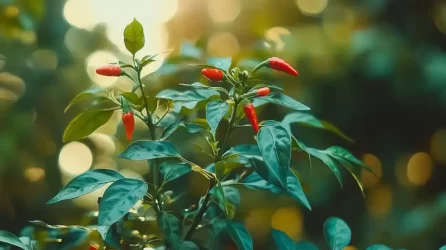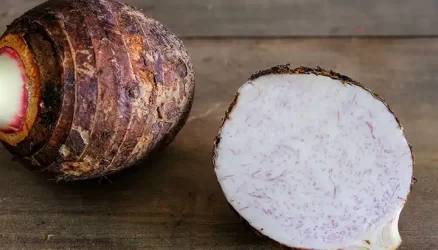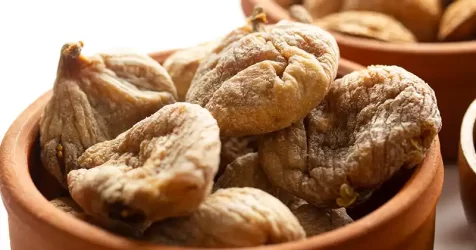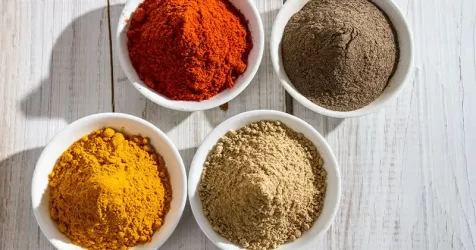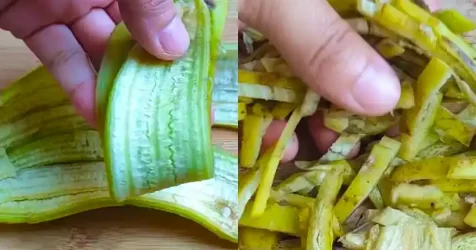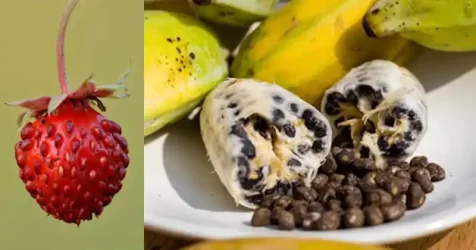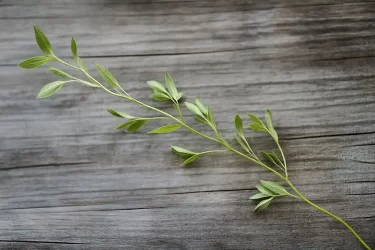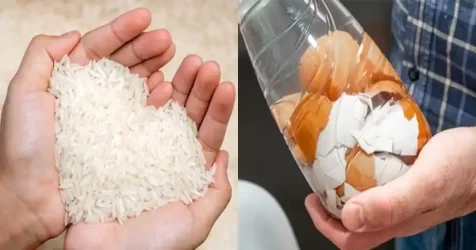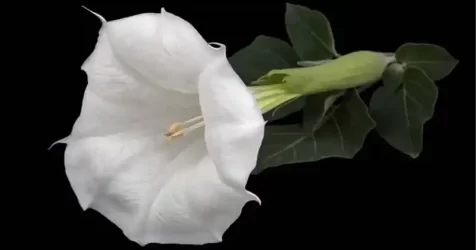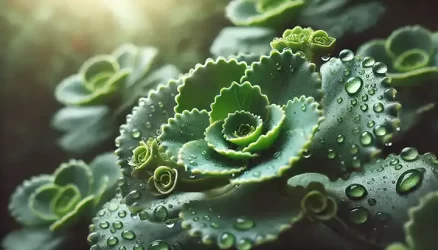Propagating Hydrangeas from Cuttings: A Step-by-Step Guide
Hydrangeas, with their luxurious, globe-like blooms and an array of captivating colors, have earned a special place in our gardens. These versatile and hardy plants are surprisingly easy to propagate, and one effective method is through cuttings. By taking a small piece of an existing plant, you can grow an entirely new hydrangea. In this article, we will provide you with a comprehensive, step-by-step guide on how to successfully propagate hydrangeas from cuttings.
Materials Needed:
- A healthy hydrangea plant
- Pruning shears or a sharp knife
- Well-draining potting soil
- Perlite or vermiculite
- Rooting hormone (optional)
- A container or pot
- Plastic bags or a plastic cover

Steps to Propagate Hydrangeas from Cuttings:
Step 1: Choosing Your Cutting
The first step in propagating hydrangeas is selecting the right cutting. Look for a branch that is healthy, strong, and not currently flowering. It is advisable to choose a branch with new growth, identifiable by its lighter color and softer texture. The cutting should be approximately 5-6 inches long and possess several sets of leaves.
Step 2: Preparing the Cutting
Using pruning shears or a sharp knife, make a 45-degree angle cut on the selected stem. This increases the surface area available for root development. After cutting, remove all but the top two leaves from the stem. Trimming these leaves in half can help reduce water loss through transpiration.
Step 3: Applying Rooting Hormone
While this step is optional, using rooting hormone can significantly enhance your success rate. Dip the cut end of your stem into the rooting hormone, ensuring it is thoroughly coated. This encourages root development at the site.
Step 4: Planting the Cutting
Prepare a container with a mixture of well-draining potting soil and perlite or vermiculite. Create a hole in the center of the soil mixture, deep enough to accommodate the cutting without the leaves touching the surface. Place the cutting in the hole and gently firm the soil around it to ensure it stands upright.

Step 5: Creating a Mini Greenhouse
To create a high-humidity environment, cover the pot with a plastic bag or plastic cover. This mimics a greenhouse environment and helps the cutting retain essential moisture for root development. Ensure the plastic does not touch the leaves to prevent rot.
Step 6: Caring for Your Cutting
Place the pot in a location with bright, indirect light. Direct sunlight can cause the cutting to dry out and perish. Regularly check the soil’s moisture level, keeping it consistently damp but not waterlogged. If condensation forms inside the bag, consider opening it for a few hours to release excess moisture.
Step 7: Checking for Root Growth
After 2-4 weeks, gently tug on the cutting to check for root growth. If you encounter resistance, it indicates that roots have begun to develop. Once the cutting boasts a robust root system, it can be transplanted into a larger pot or directly into the garden, depending on the season and climate.
Step 8: Transplanting Your New Hydrangea
When your new hydrangea is ready for relocation, select a garden spot that receives morning sunlight and afternoon shade. Hydrangeas thrive in well-drained soil enriched with organic matter. Dig a hole twice the size of the root ball, place the plant in the hole, backfill with soil, and thoroughly water.

Remember that patience is essential when propagating hydrangeas. Not every cutting will take root, and that’s perfectly normal. While growing hydrangeas from cuttings may involve some trial and error, witnessing a new plant flourish is a reward worth the effort.
Happy gardening!Inspired by this? Share the article with your friends!

